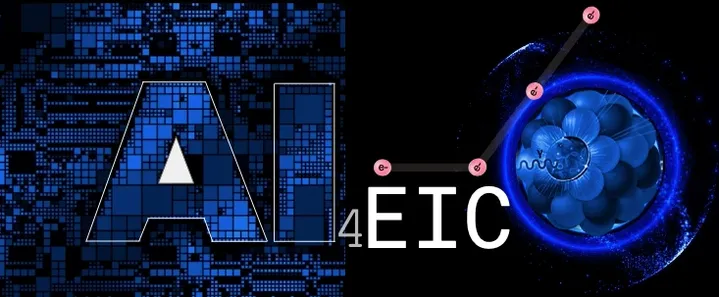Speaker
Description
Reconstructing jets in heavy collisions has always required dealing with the challenges of a high background environment. Traditional techniques, such as the area based method, suffered from poor resolution at low momenta due to the large fluctuating background there. In recent years, the resolution has been improved by using machine learning to estimate the background. While machine learning tends to lead to improvements in general (wherever it is applied), care must be taken to ensure these improvements do not come at the cost of interpretability or bias from models used for training. We demonstrate a middle path – using machine learning techniques to translate “black-box” models (such as neural nets) into human interpretable formulas. We present a novel application of symbolic regression to extract a functional representation of a deep neural network trained to subtract background for measurements of jets in heavy ion collisions. With this functional representation we show that the relationship learned by a neural network is approximately the same as a new background subtraction method using the particle multiplicity in a jet. We compare the multiplicity method to the deep neural network method alone, showing its increased interpretability and comparable performance. We also discuss the application of these techniques to background subtraction for jets measured at the EIC.

